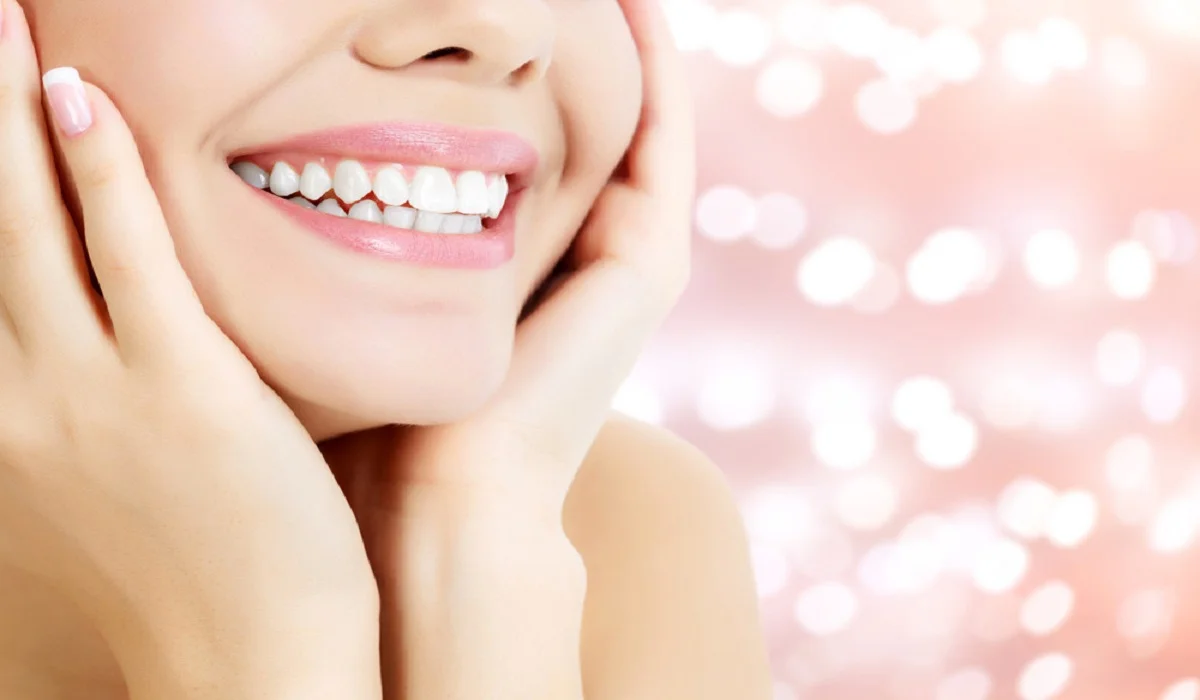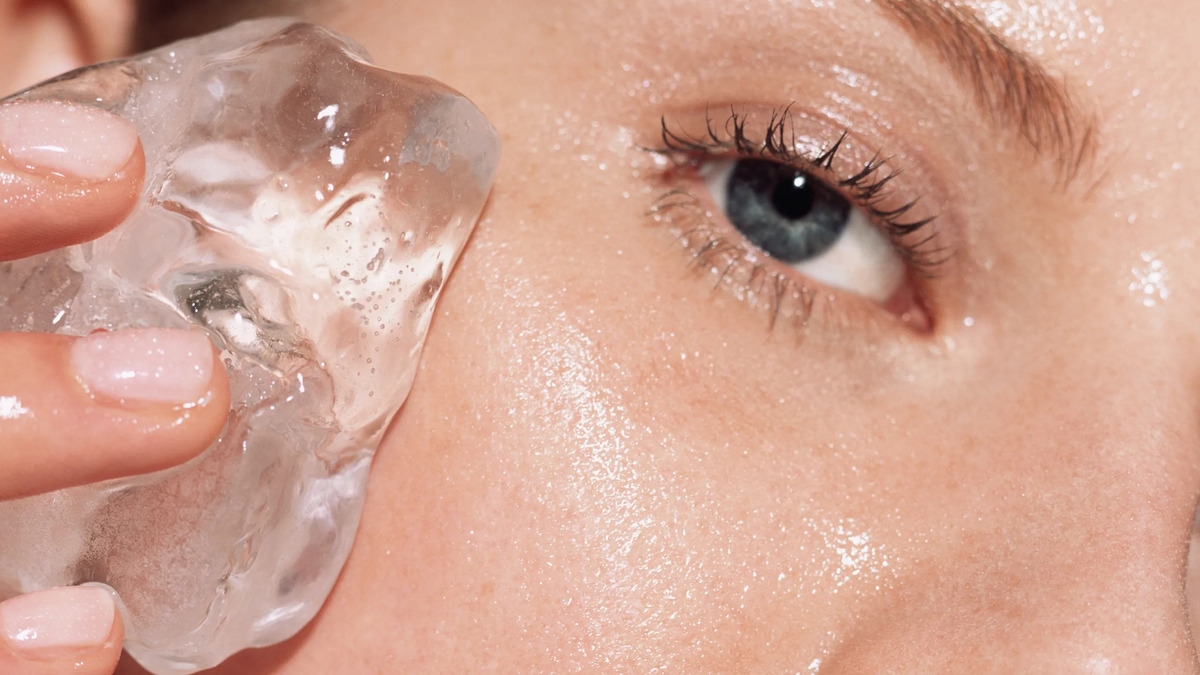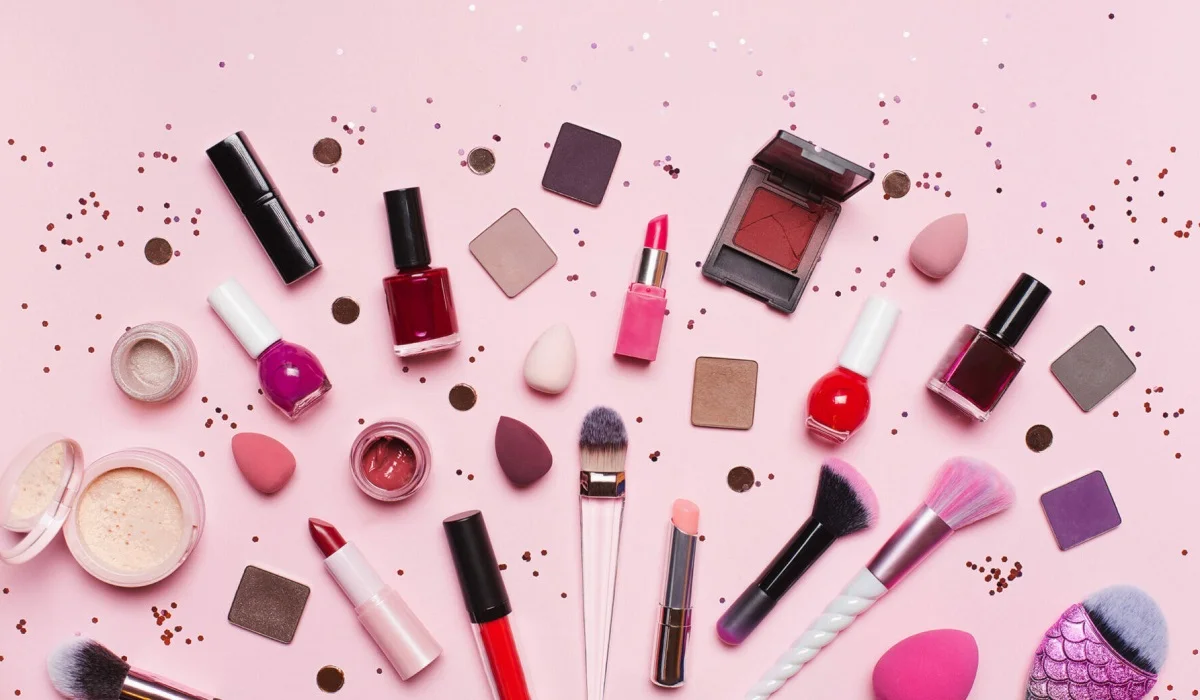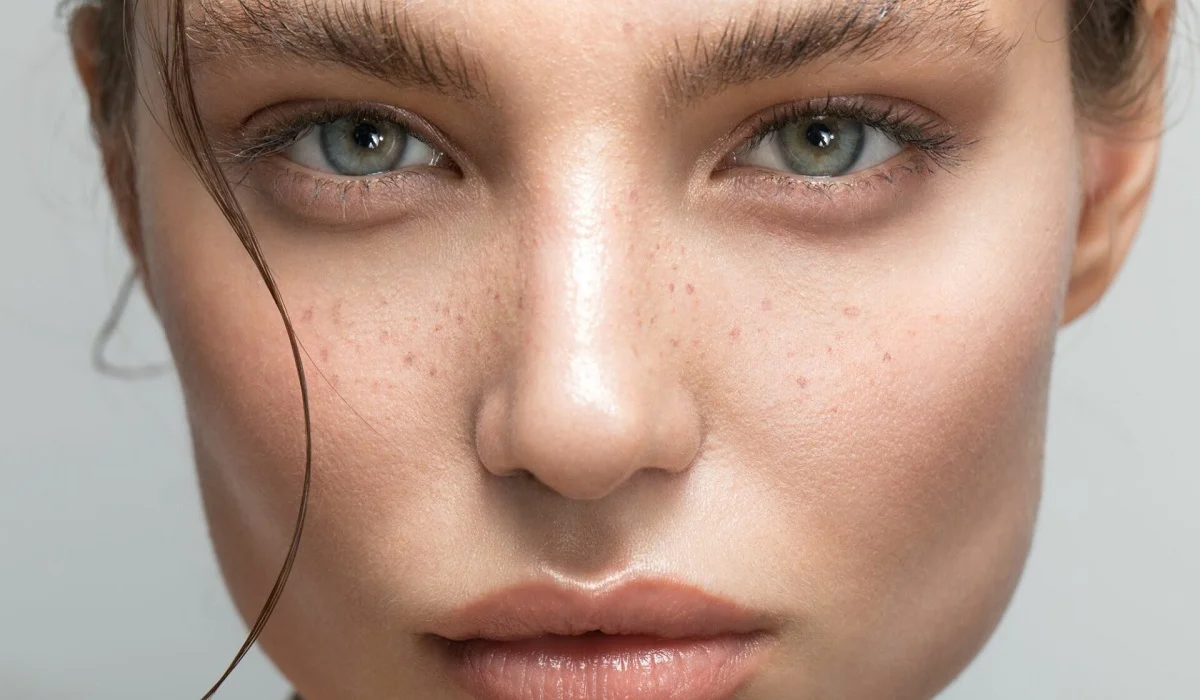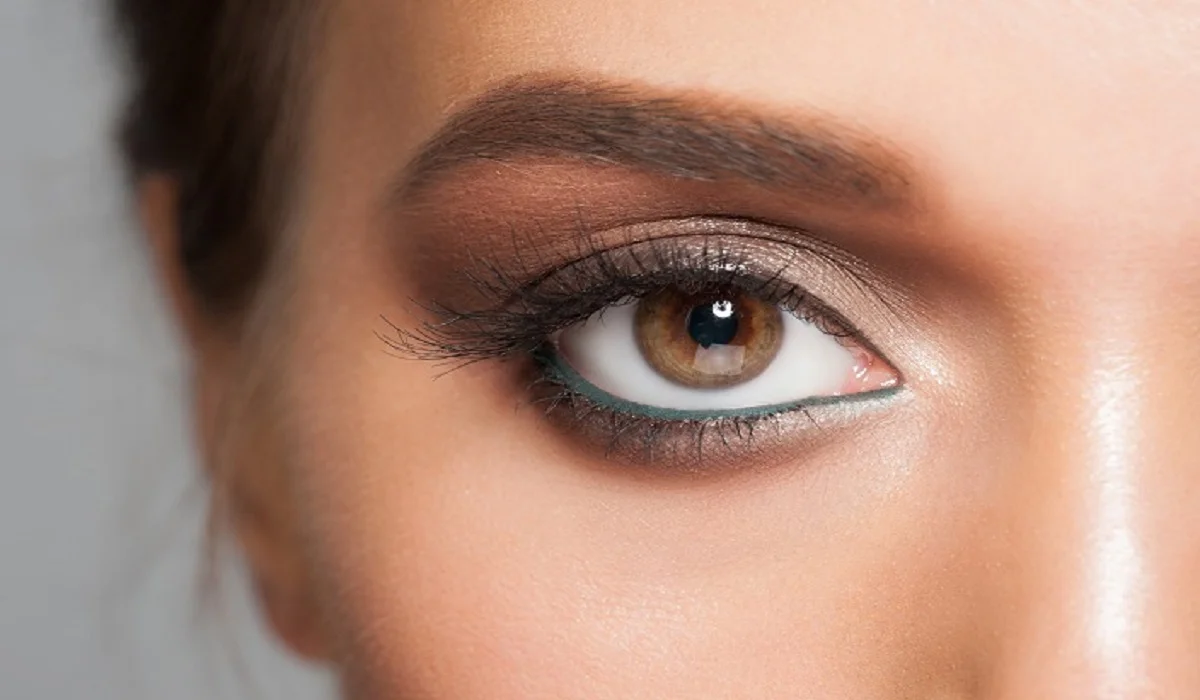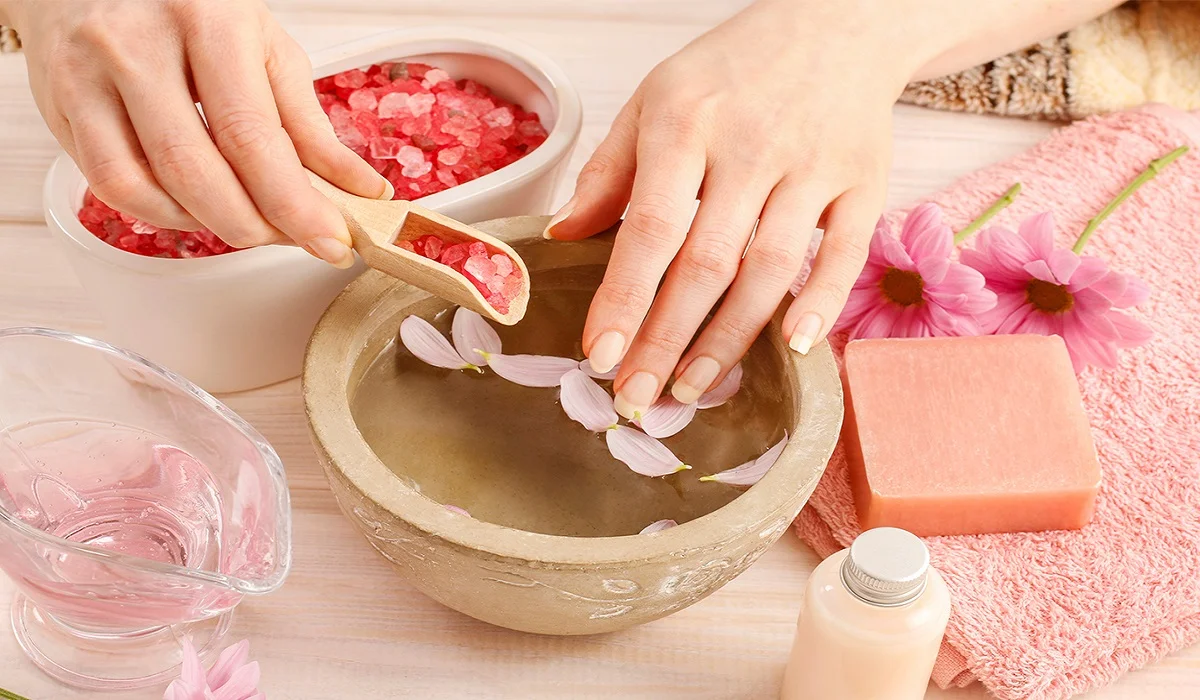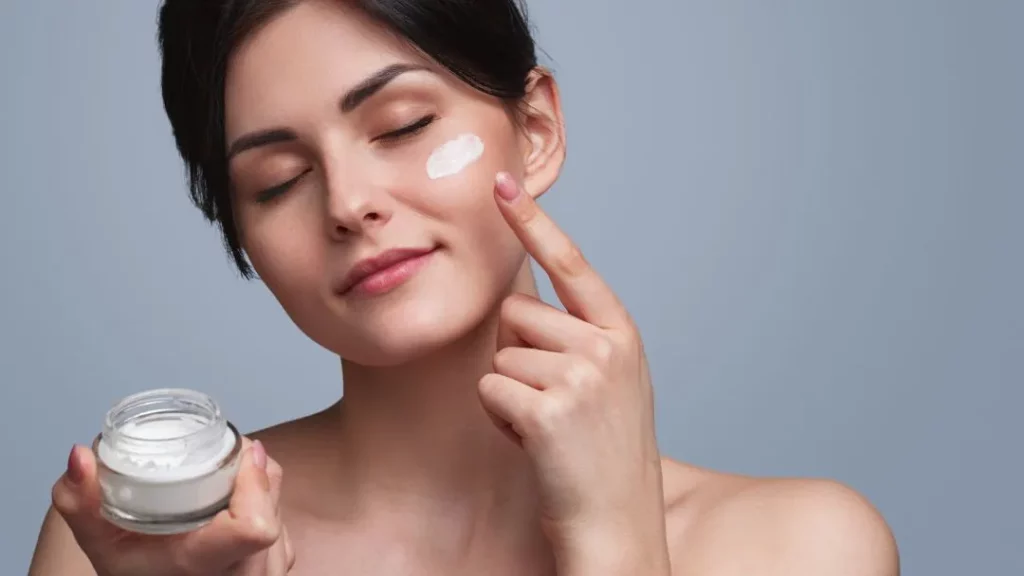
Moisturizers are an essential part of any skincare routine, providing hydration and nourishment to the skin. However, have you ever wondered why there are separate moisturizers designed specifically for daytime and nighttime use? The answer lies in the different needs of our skin throughout the day and night. In this article, we will explore the importance of using different moisturizers for day and night, and how these specialized products can optimize your skincare routine for healthy and glowing skin.
Daytime Moisturizer: Protection and Hydration
During the day, our skin is exposed to various external aggressors, such as pollution, UV rays, and environmental stressors. A daytime moisturizer serves as a protective barrier, shielding the skin from these harmful elements. It often contains ingredients like antioxidants, SPF, and lightweight hydrating agents to combat free radicals and lock in moisture without feeling heavy or greasy.
a. SPF Protection: Many daytime moisturizers include sun protection factor (SPF) to shield the skin from UV radiation. SPF protects against premature aging, sunburn, and reduces the risk of skin cancer. Applying a moisturizer with SPF every morning helps maintain a youthful complexion and prevents sun-induced damage.
b. Lightweight Texture: Daytime moisturizers are designed to be absorbed quickly, providing a smooth canvas for makeup application and preventing excessive shine throughout the day. They are often oil-free or have a light, non-greasy texture suitable for wearing under makeup.
c. Antioxidants: To combat free radicals produced by pollution and UV exposure, daytime moisturizers frequently contain antioxidants like vitamin C and E. These powerful ingredients neutralize harmful molecules, helping to maintain the skin’s elasticity and reducing the signs of aging.

Nighttime Moisturizer: Repair and Renewal
Nighttime is when the skin’s natural repair and renewal processes are most active. During sleep, the body focuses on cellular regeneration and healing. A nighttime moisturizer is specially formulated to support these processes, providing nourishment and moisture to aid in skin recovery and revitalization.
a. Richer Formulas: Nighttime moisturizers typically have richer and more emollient formulas to deeply nourish and replenish the skin. They may contain ingredients like hyaluronic acid, peptides, and retinoids to promote collagen production, reduce fine lines, and improve skin texture.
b. No SPF: Unlike daytime moisturizers, nighttime products do not include SPF, as they are not exposed to direct sunlight. This allows the skin to fully absorb and utilize the beneficial ingredients without interference from UV filters.
c. Repairing Ingredients: Nighttime moisturizers often include ingredients like ceramides, niacinamide, and plant extracts, which work to strengthen the skin’s barrier, fade hyperpigmentation, and soothe inflammation.
Addressing Different Skin Concerns:
Using different moisturizers for day and night allows you to target specific skin concerns effectively. During the day, your focus is on protecting the skin from external damage, whereas, at night, you can concentrate on repairing and improving its overall health.
a. Daytime: If you have oily or combination skin, a lightweight, oil-free moisturizer with SPF will prevent excess sebum production and provide sun protection without clogging pores. For dry skin, opt for a hydrating moisturizer with added antioxidants to combat environmental stressors.
b. Nighttime: A night cream that is more substantial in texture is beneficial for those with dry or mature skin, as it helps lock in moisture and repair the skin’s barrier. For acne-prone or sensitive skin, a night moisturizer containing soothing ingredients like chamomile or aloe vera can help calm inflammation and reduce redness.
Maximizing Product Effectiveness:
Using specific moisturizers for day and night allows your skin to reap the maximum benefits of each product. Daytime moisturizers focus on protection and preparation, ensuring your skin is shielded from environmental damage and primed for makeup application. Nighttime moisturizers, on the other hand, support the skin’s natural healing processes, boosting its regeneration and renewal during sleep.
Consistency and Routine:
Having separate moisturizers for day and night encourages a consistent skincare routine. Applying the appropriate product at the right time ensures that your skin receives the care it needs throughout the day and night.
Using different moisturizers for day and night is not just a marketing gimmick; it is a crucial aspect of a well-rounded skincare routine. Daytime moisturizers offer protection from environmental stressors and maintain your skin’s hydration levels, while nighttime moisturizers aid in its repair and rejuvenation during the natural regeneration process. By addressing different skin concerns and utilizing specific ingredients for day and night use, you can optimize your skincare routine and achieve healthy, radiant skin that glows day and night.

